Sorghum Seeds
We sell sorghum seeds that have gone through an intensive breeding program to become one of the leading seed varieties for sorghum plantation. The offered seeds present specific features that include high grain yield and resistance to drought.
- Sorghum, also called great millet, Indian millet, milo, durra, orshallu, is a cereal grain plant of the grass family (Poaceae) and its edible starchy seeds.
- The plant likely originated in Africa, where it is a major food crop, and has numerous varieties, including grain sorghums, used for food; grass sorghums, grown for hay and fodder; and broomcorn, used in making brooms and brushes. Sorghum is especially valued in hot and arid regions for its resistance to drought and heat.
- We offer various varieties of sorghum seeds including SAMSORG 48 and MLSH 151. Do you need other varieties? Click here to explore more!
Varieties Information
- Variety Name: SAMSORG 48
- Original Name: KAURA BORNU
- Outstanding Characteristics: High grain yield. (4.7t/ha)
- Agroecological Zones: Sudan and Northern Guinea Savanna
- Minimum Yield (t/ha): 4.7
- Maximum Yield (t/ha): 4.7
- Variety Name: MLSH 151
- Original Name: MLSH 151
- Outstanding Characteristics: Medium bold round grains with cream color and high grain yield. (5.4t/ha)
- Agroecological Zones: Sudan Savannah
- Minimum Yield (t/ha): 5.4
- Maximum Yield (t/ha): 5.4
Some facts about sorghum
- Sorghum is a strong grass and usually grows to a height of 0.6 to 2.4 meters (2 to 8 feet), sometimes reaching as high as 4.6 meters (15 feet).
- Stalks and leaves are coated with white wax, and the pith, or central portion, of the stalks of certain varieties is juicy and sweet.
- The leaves are about 5 cm (2 inches) broad and 76 cm (2.5 feet) long.
- The seeds of sorghum plant vary widely among different types in color, shape, and size, but they are smaller than those of wheat.
- Sorghum is high in carbohydrates, with 10 percent protein and 3.4 percent fat, and contains calcium and small amounts of iron, vitamin B1, and niacin.
- For human consumption, the gluten-free grain (sorghum) is usually ground into a meal that is made into porridge, flatbreads, and cakes.
- The grain is also used in making edible oil, starch, dextrose (a sugar), paste, and alcoholic beverages.
- The stalks of sorghum can be used as fodder and building materials.
- Sweet sorghums, or sorgos, are grown mainly in some countries for syrup manufacture and for production of ethyl alcohol for biofuel.







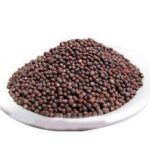





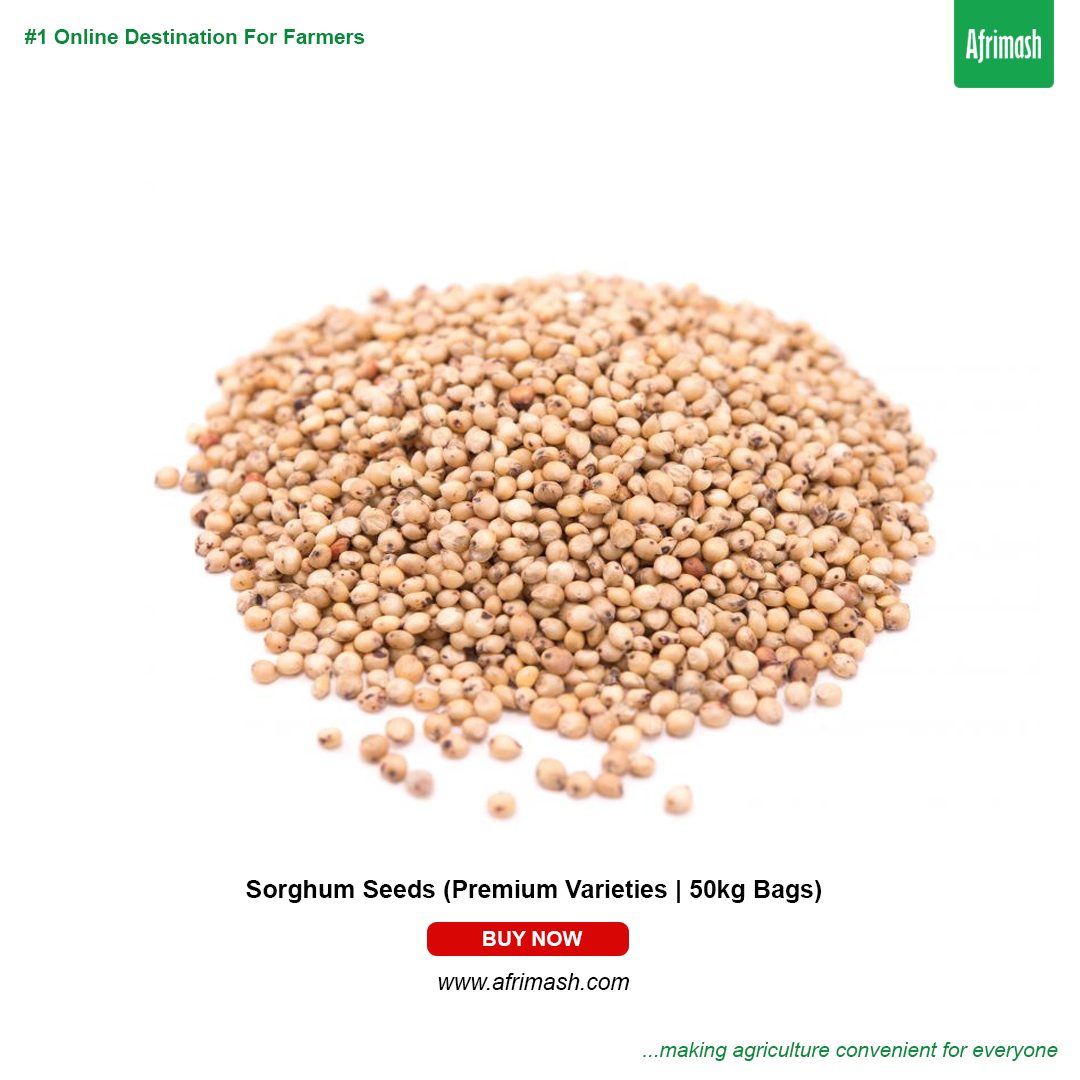

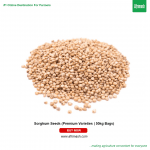
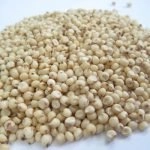


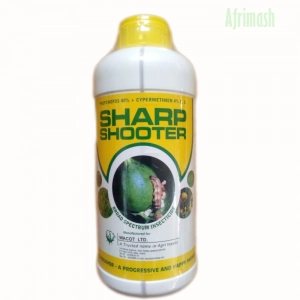

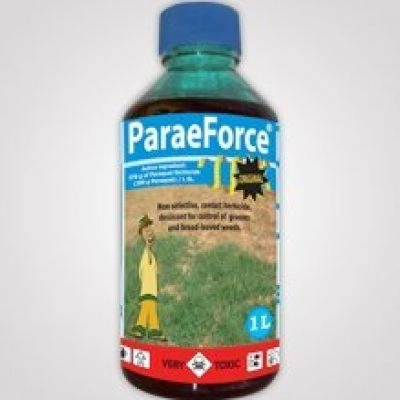

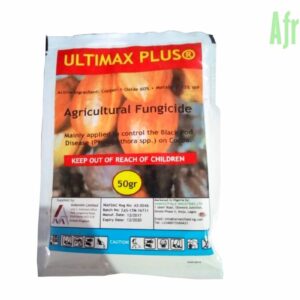
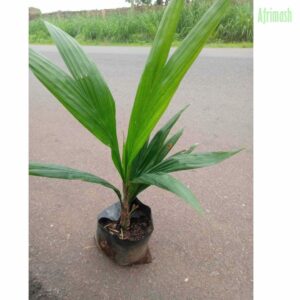
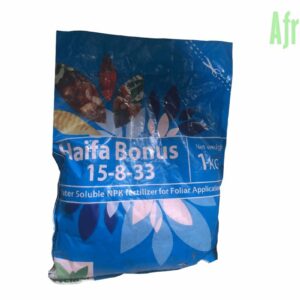
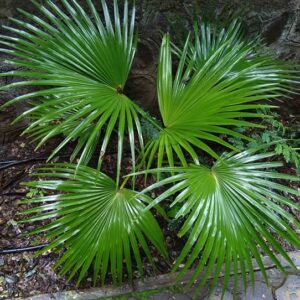
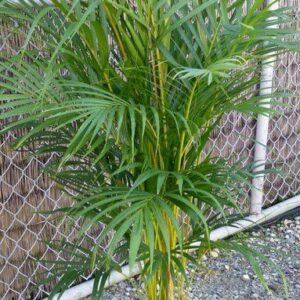
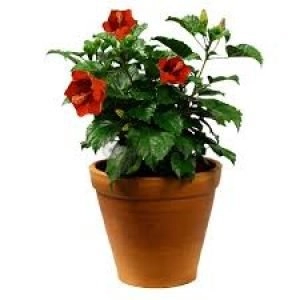

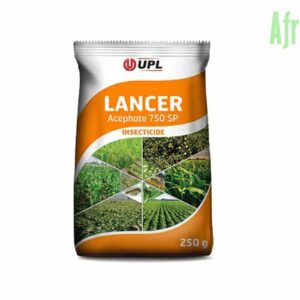
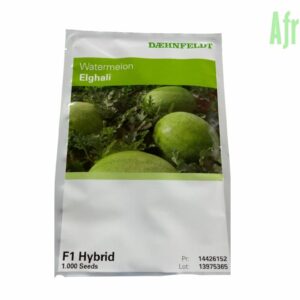
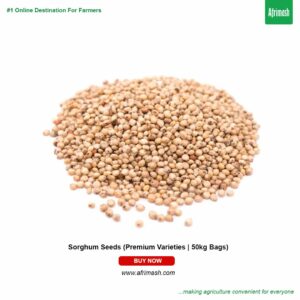
Reviews
Clear filtersThere are no reviews yet.